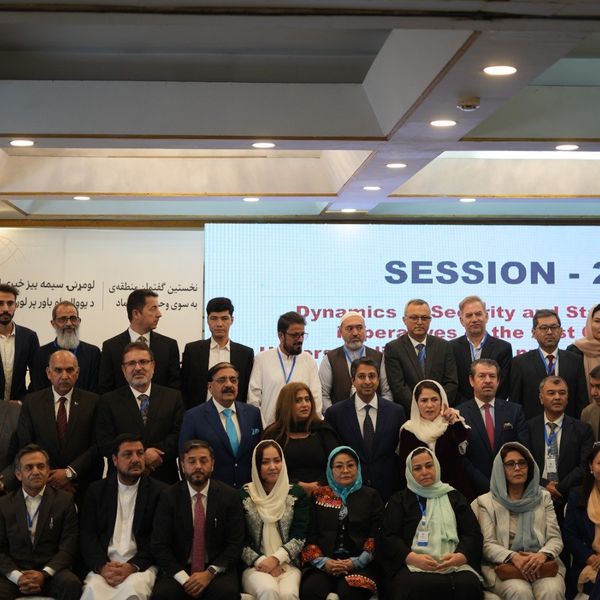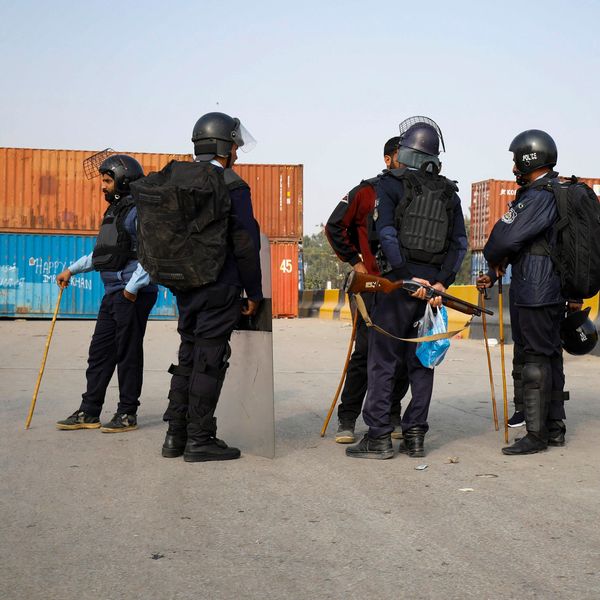Pakistan receives $3.14B remittances in August: SBP
Inflows record 7% increase year-on-year
Abdul Moiz

Pakistanis living and working abroad sent $3.14 billion as remittances in August, according to data released by the country’s central bank on Monday.
The remittances grew 6.6% year-on-year compared to $2.94 billion in August 2024 but fell 2.39% from $3.2 billion in July.
In total, remittances hit $6.4 billion during the first two months — July and August — of FY26, an increase of 7% compared to $5.9 billion during the same period last year.
The breakdown of data shows Pakistanis in Saudi Arabia sent remittances worth $736.7 million in August, followed by $642.9 million from the United Arab Emirates, $463.4 million from the United Kingdom, and $267.3 million from the United States of America.
The remittances in August remain around the last 12 months’ average of $3.23 billion, raising hopes that Pakistan will meet its full-year target of $39 billion in FY26. In the last fiscal year, the remittances stood at $38.3 billion.
Pakistan has seen a gradual increase in remittances’ inflow through formal channels over the past few months. The government has intensified efforts to promote formal remittance channels through incentives and digital platforms, a move seen as key to reducing reliance on informal money transfer systems and boosting dollar inflows through official means.
With global oil economies, particularly in the Gulf, remaining stable, the remittance outlook from expatriate labor markets remains optimistic. However, analysts caution that exchange rate volatility and potential macroeconomic shocks could still affect the trajectory in the coming month.
Why are remittances important?
The remittances received from overseas Pakistan give a crucial economic cushion to the central bank as they boost foreign exchange reserves and strengthen the Pakistani rupee against the US dollar. These factors then have a trickle-down effect on the wider economy as they influence inflation and help avert a balance of payment crisis.
If remittances and exports fail to grow, the government shores up foreign exchange reserves by borrowing money from global lenders like the International Monetary Fund. The borrowing comes at a cost as the government then implements stringent economic reforms agreed with the lender.










Comments
See what people are discussing